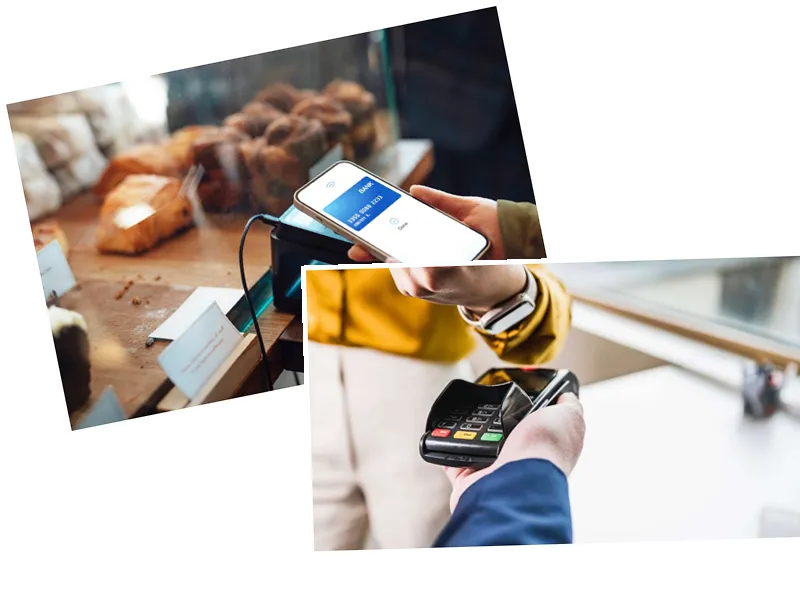Importance of Smartphone Payment Security
Smartphone payment technology has become a vital part of modern life, allowing users to shop and pay conveniently from anywhere. The surge in mobile payments, particularly during the COVID-19 pandemic, has highlighted the need for enhanced security measures as more consumers turn to digital solutions to avoid cash transactions. With this increased reliance, understanding how to safely navigate mobile payments is crucial for protecting personal and banking information.
Key Security Measures Recommended
To ensure safe smartphone payments, the German Federal Office for Information Security has outlined several important measures:
- Download Trusted Apps: Only install payment applications from reputable sources and keep them updated to the latest versions.
- Update Your Device: Regularly update your smartphone's operating system and applications to protect against vulnerabilities.
- Utilize Screen Locks: Employ security features like PINs, passwords, fingerprints, or facial recognition to secure your device.
- Automatic App Blocking: Set up automatic blocking for payment applications after multiple incorrect login attempts to prevent unauthorized access.
- Manage Connectivity: Enable Bluetooth, NFC, and WiFi only when necessary, turning them off when not in use to minimize exposure to threats.
- Immediate Action on Theft: If your smartphone is lost or stolen, promptly block your SIM card and access to any accounts to prevent unauthorized transactions.
The Need for Vigilance
As smartphone payments become more prevalent, prioritizing security is essential. Users can significantly reduce risks by adhering to these recommended practices. Awareness and proactive measures are key to maintaining personal safety in the digital payment landscape. By remaining vigilant and prioritizing security, consumers can enjoy the convenience of smartphone payments while minimizing potential threats.





